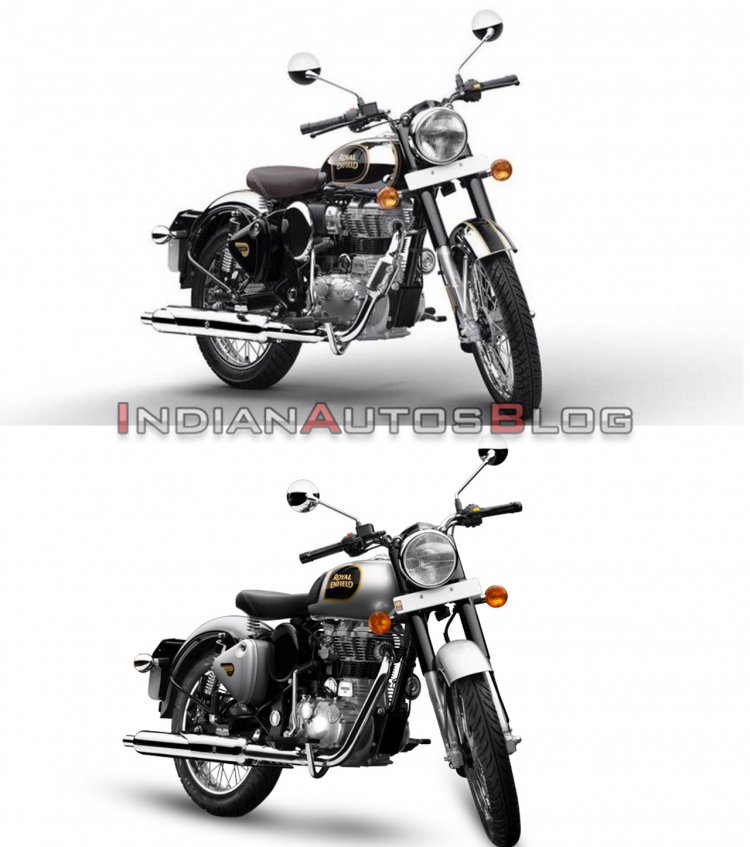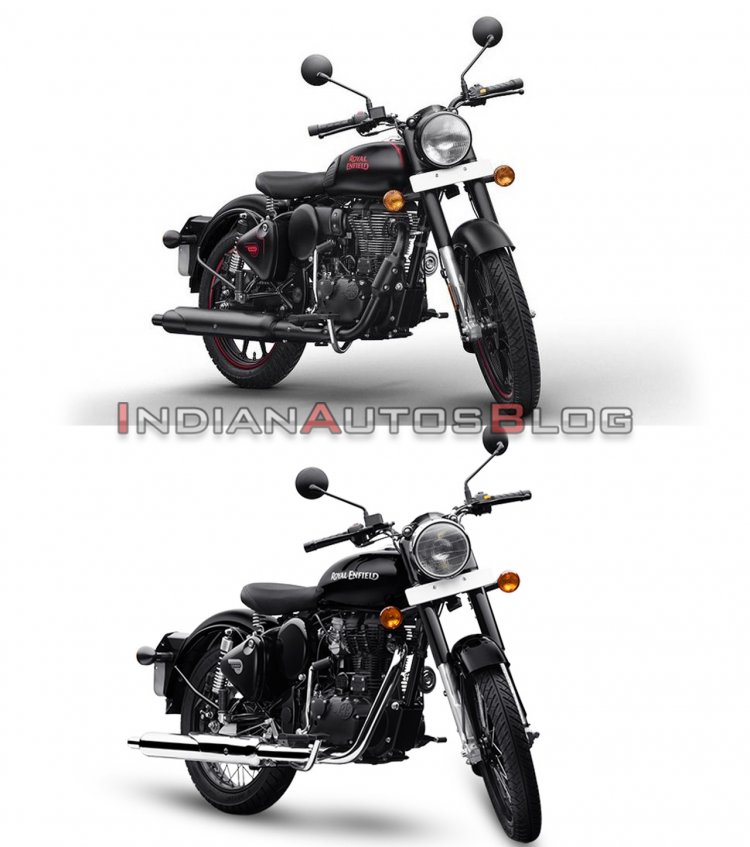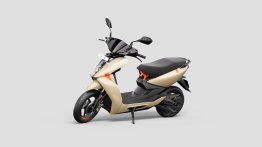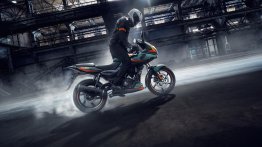Royal Enfield Classic is one of the largest selling motorcycles for the Chennai-based manufacturer and the Classic 350 particularly is one of its bestsellers. However, 2019 was not been entirely kind to the retro-styled motorcycle. With the BS-VI compliant model now out, the company is hoping to get back on the saddle with a new lease of life.
Let’s look at how the BS-VI Royal Enfield Classic 350 is different from the outgoing BS-IV compliant model:
Design – too little too less?

Royal Enfield and retro styling go hand in hand. The design of the Classic 350 was first seen when the bike was launched in November 2009 (exports of the Classic 500 EFI had already commenced in 2008). Over the last decade, precious little has changed in the motorcycle.
With the inclusion of fuel injection, Royal Enfield has removed the fuel knob seen on the left side of the Classic 350. Also, the motorcycle gets a small cover for the fuel injection, like the one seen in the Continental GT 650 and Interceptor 650. The right side of the engine also gets an EFI 350 badging. The company has also retained the now-iconic pilot lamps and halogen-based headlamp. The exhaust canister has received a bigger hear shield.
The BS-VI Royal Enfield Classic 350 is sold in the Signals Airborne Blue, Signals Stormrider Sand, Gunmetal Grey and Classic Black old colour options as well as two new paint schemes from the bigger Classic 500, namely Stealth Black and Chrome Black. While Chrome Black is exactly the same, but Stealth Black includes stickers in red instead of white as seen on the 500 cc model.
Also Read: BS-VI Royal Enfield Interceptor INT 650 spied, will be launched soon
Powertrain – the bulk of the changes
The Royal Enfield Classic 350 powertrain is the same pushrod-based engine which was seen in the BS-IV model. This means that the powerplant uses the pushrods to move the intake and exhaust valves instead of overhead cams. The company did introduce a SOHC (single overhead cam) setup in the adventure-oriented Himalayan, but it decided to not upgrade its lower-end models with overhead cams to save costs.

The engine gets several new changes to become BS-VI compliant, the biggest being fuel injection. Moving away from carburettors, fuel injection allows control over the concentration of fuel and air mixture. This helps the engine deliver a crisper throttle response and smoother power delivery. Using fuel injection also helps during cold starts. Yes, those Himalayan road trips will now be devoid of this problem!
The air-cooled engine continues to displace 346 cc. It has switched from a twin spark setup to a single spark plug one. There is no confirmation about the output figures, but we expect it to be close to the numbers pelted out by the BS-IV version (20.07 PS of maximum power and 28 Nm of peak torque.
Other additions to the Royal Enfield Classic 350 include a new catalytic converter, a temperature sensor and an oxygen sensor. These are similar changes which can be seen across all motorcycles in the country as they move to become BS-VI compliant.
Cycle parts and features
The BS-VI Royal Enfield Classic 350 uses the same single downtube chassis which houses the engine as a stressed member. Suspension duties are administered by 35 mm conventional telescopic fork up front with 130 mm travel. The rear gets twin gas-charged shock absorbers with 5-step adjustable preload and 80 mm of travel. The BS-IV Classic 350 tipped the scales at 194 kg (wet, with 90% of fuel and oil), and while the kerb weight of the BS-IV model has not been revealed, we expect it to slightly heavier.
Anchors include a 280 mm disc at the front and a 240 mm disc at the rear. Both the wheels are studded with ABS. Royal Enfield has also added another safety feature – side stand inhibitor. What this essentially does is switch off the engine if the side stand is engaged. Also, the company has moved away from a 9 Ampere battery to a 12 Ampere unit.
Royal Enfield is now finally offering factory-fitted alloy wheels and tubeless tyres in the Classic 350. However, these two features (yes, they are features for this particular Royal Enfield) are available only in the new Stealth Black and Chrome Black colour options.
Money matters

The Royal Enfield Classic 350 has witnessed a significant price hike with the BS-VI upgrade. The least expensive colour option, the Classic Black costs INR 1,65,025, which is INR 11,122 more than the price in the BS-IV version. The Gunmetal Grey paint option has faced the biggest bump with a hike of INR 14,051, which takes the price tag up to INR 1,69,791. The two Signals (Stormrider Sand and Airborne Blue) options will set you back by INR 1,75,281 (up by INR 11,186).
Both the Stealth Black and Chrome Black round up the Classic 350 family with the highest price tag of INR 1,81,728. All the prices in this article are ex-showroom, Delhi.
Next-gen Classic on the way
Royal Enfield has taken a very conservative approach with the Classic 350 and has made minimal changes to make changes to make it compliant with the BS-VI emission norms. That's because the next-gen Classic is on the way. company has been testing the all-new version of the Classic for a while now. Images of the motorcycle shared across several social media platforms and motoring websites have revealed new bodywork in them. Several different badging styles have also been seen, including a special red and gold retro one.

These test bikes have also been seen with a new instrumentation console which includes a new digital display embedded in the regular analogue speedometer. It even sported the drive chain on the left side of the motorcycle and rear braking system on the other side.
We can also expect the company to finally move away from pushrods to overhead cam(s). However, the all-new Royal Enfield Classic which will be unveiled at a later date.












